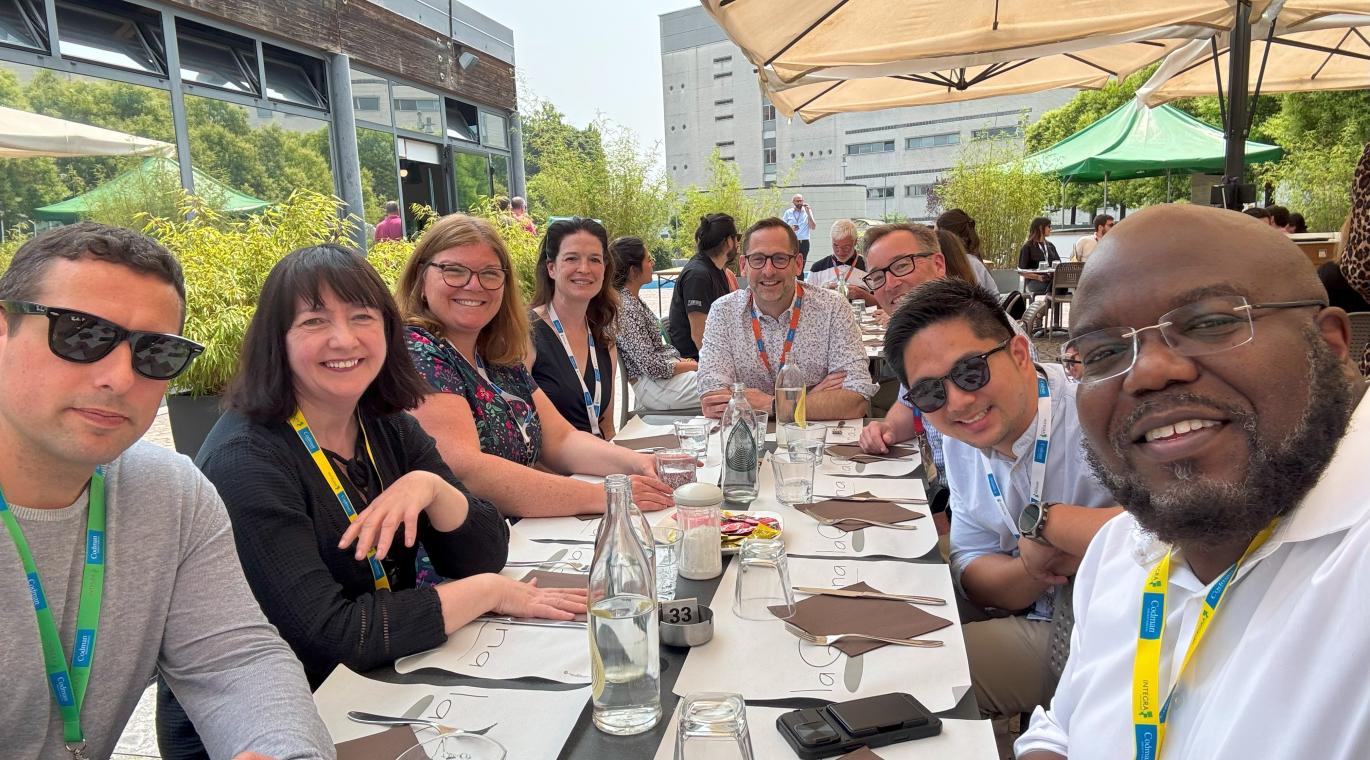
SEAMO-funded physicians attend international summer school in Monza, Italy.
A multidisciplinary group of SEAMO-funded physicians recently returned from a transformative professional development experience in Monza, Italy, where they participated in the Neurocritical Care Summer School hosted by Professor Giuseppe Citerio at the Università degli Studi di Milano-Bicocca. The week-long program brought together clinicians and trainees from around the world to engage in intensive learning focused on the treatment of critically ill patients with complex neurological and neurosurgical conditions.
The course, designed for subspecialties across intensive care, neurology, neurosurgery, emergency medicine, and anesthesiology, offered a blend of foundational theory, evolving clinical guidelines, and hands-on workshops. Topics ranged from neurophysiology and acute ischemic stroke management to neuroprognostication in severe brain injury. One of the most impactful components of the experience for the Kingston-based team was the afternoon practical sessions, particularly those focused on transcranial Doppler, a skill some team members have already begun applying at home.
But beyond clinical learning, the summer school also created a space for connection. With representatives from multiple departments—Critical Care, Stroke Neurology, Emergency Medicine, and Neurosurgery—the trip served as a valuable opportunity to strengthen interdisciplinary relationships among colleagues who regularly collaborate in the care of neurocritically ill patients at Kingston Health Sciences Centre.
This kind of immersive, shared learning experience helped foster new perspectives. Attendees noted that hearing each other’s insights on the same material and discussing how to apply it across different stages of a patient’s care journey added depth to the learning and highlighted the importance of collaboration in neurocritical care. The global nature of the course also offered a broader lens on practice variations across countries and institutions, sparking conversation about how international trends and techniques might inform local approaches.
Crucially, the course also helped lay the groundwork for what comes next.
With plans underway to launch a dedicated neurocritical care team at KHSC, this shared experience helped solidify a core network of clinicians who now share a common foundation of knowledge, skills, and language. The group began early conversations about what a unified model of care could look like, how roles can integrate, how care can be streamlined, and how KHSC can position itself as a leader in this complex and evolving space.
“These patients are incredibly complex and need a multidisciplinary team to help them through their journey. We now have this team of individuals who share a deeper understanding of how to approach their care,” said Dr. Gord Boyd, the medical lead for the new Neurocritical Care program.
The trip was made possible through support from the SEAMO Clinical Professional Development Fund, and participants emphasized that without this funding, such a valuable team-based training opportunity would not have been possible.
This investment in continuing medical education directly aligns with SEAMO’s strategic priorities of encouraging collaborative care and supporting a thriving, engaged membership. It also demonstrates the value of collective learning, bringing people together to not only learn new clinical skills but to imagine new possibilities for patient care.
As for future attendance at the summer school, Dr. Boyd encourages any physician interested in neurocritical care to apply, noting, with a laugh, that prospective attendees should be prepared: “There is a test on the last day (for fun), and the questions are really hard.”
Looking ahead, the team hopes more Kingston-based clinicians will have the chance to benefit from this program in future years, as the vision for neurocritical care at KHSC continues to evolve and expand.
